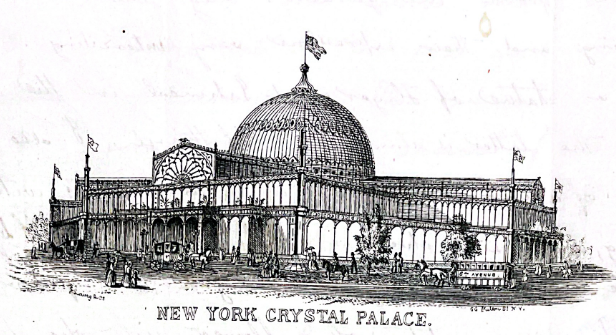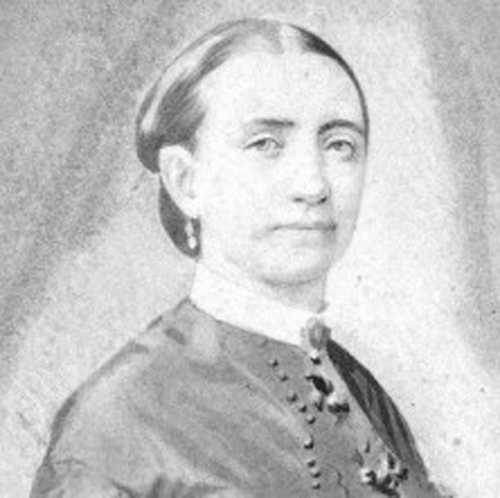“If a woman can’t dress in a rational and decent way, I shouldn’t like to live among such barbarians.”
Lavinia Goodell, December 8, 1853
In 1853, fourteen year old Lavinia Goodell tried unsuccessfully to encourage her twenty-six year old sister Maria to try a new fashion trend: bloomers.

In the mid 1800s, women wore corsets and multiple petticoats weighing as much as fifteen pounds in order to fill out their skirts. These voluminous undergarments made movement difficult and sometimes impaired breathing. In 1851, an editorial appeared in the Seneca [New York] County Courier suggesting that women wear “Turkish pantaloons and a skirt reaching a little below the knee.” Amelia Bloomer, the editor of an upstate New York women’s newspaper called The Lily, chided the male Courier writer for advocating for dress reform but not for women’s rights.















